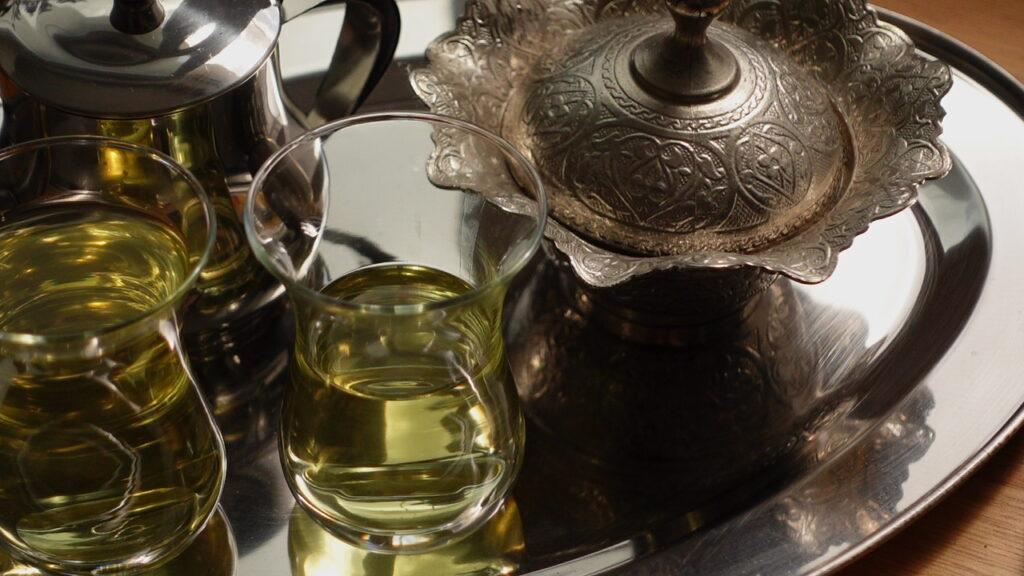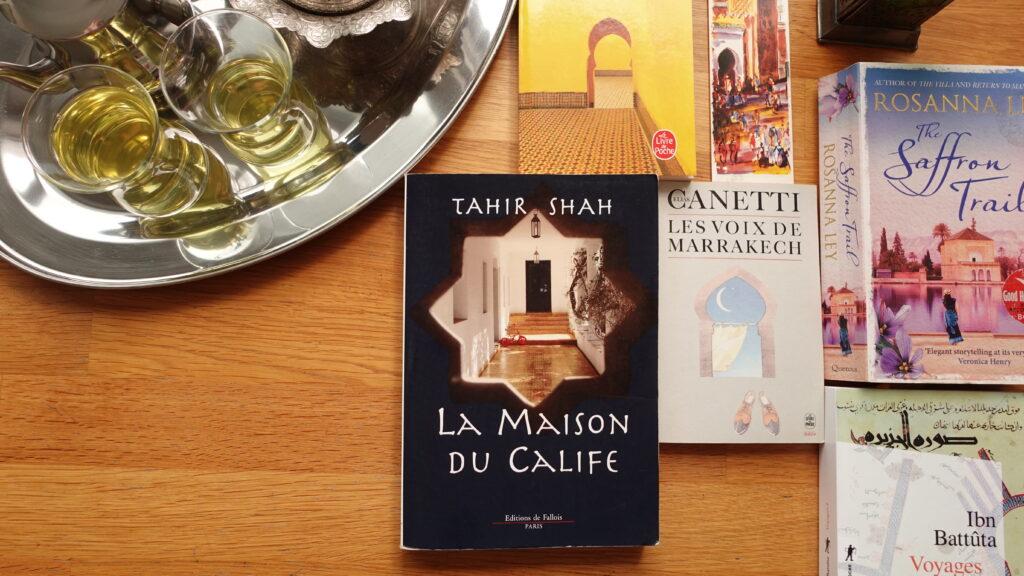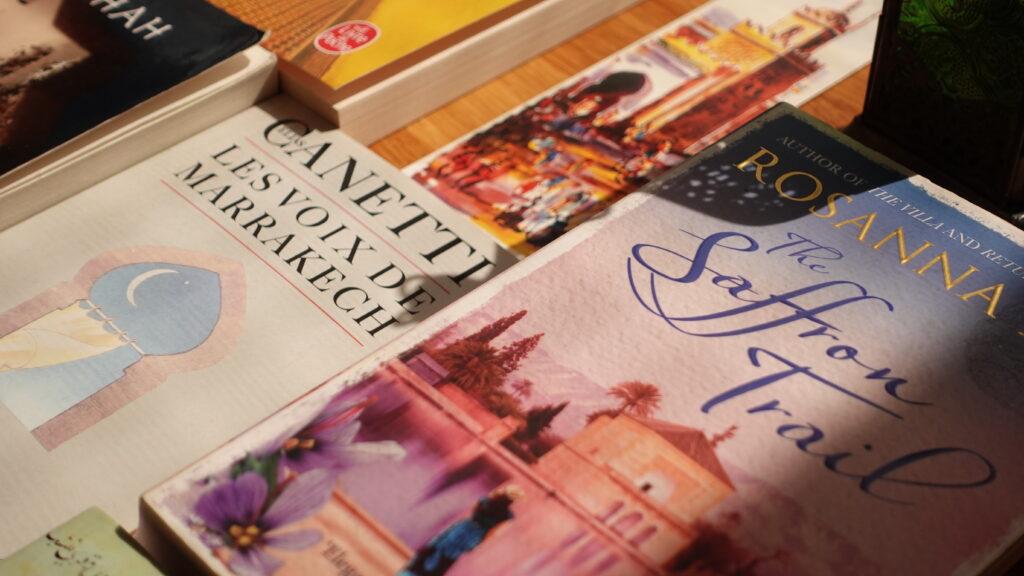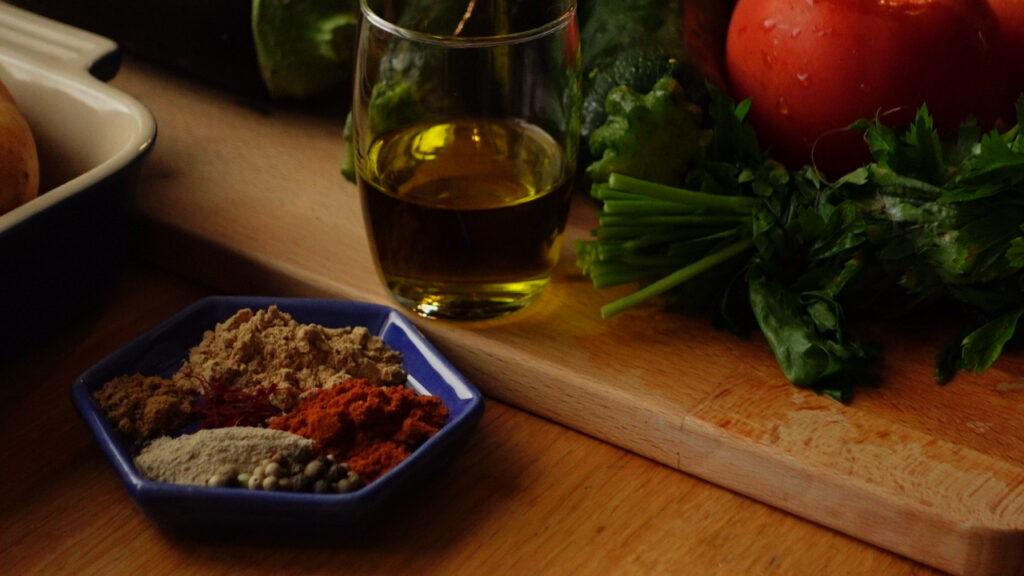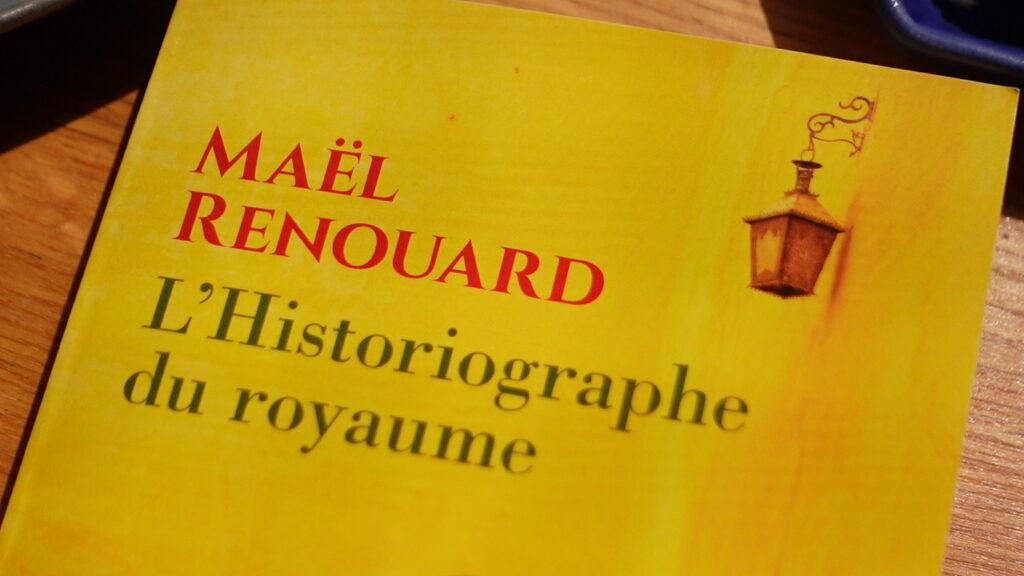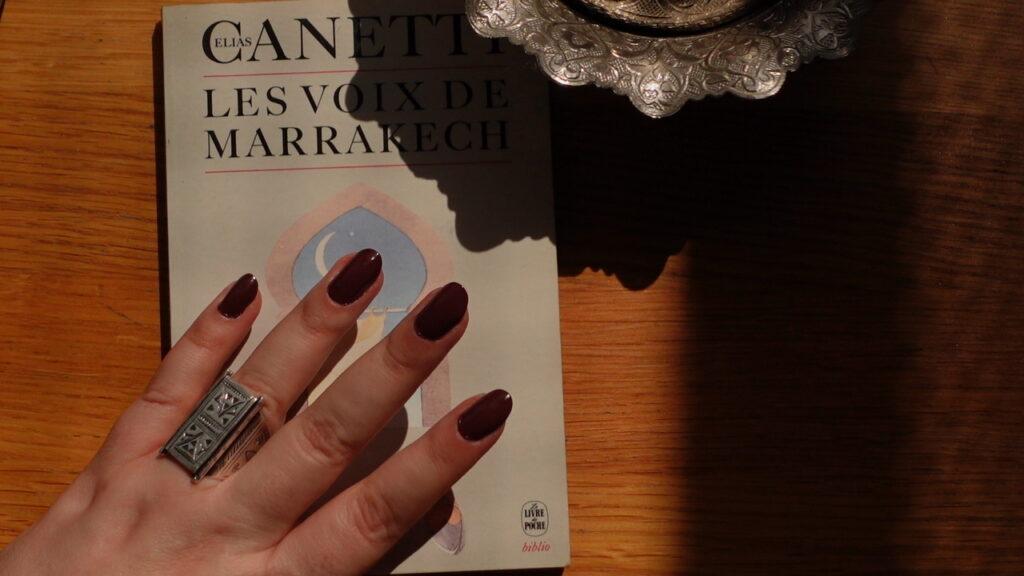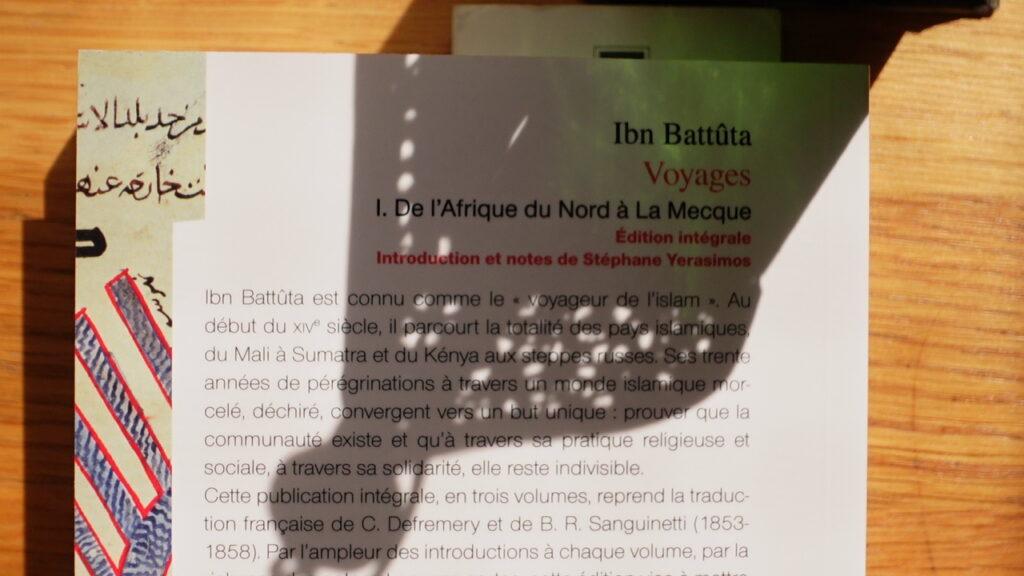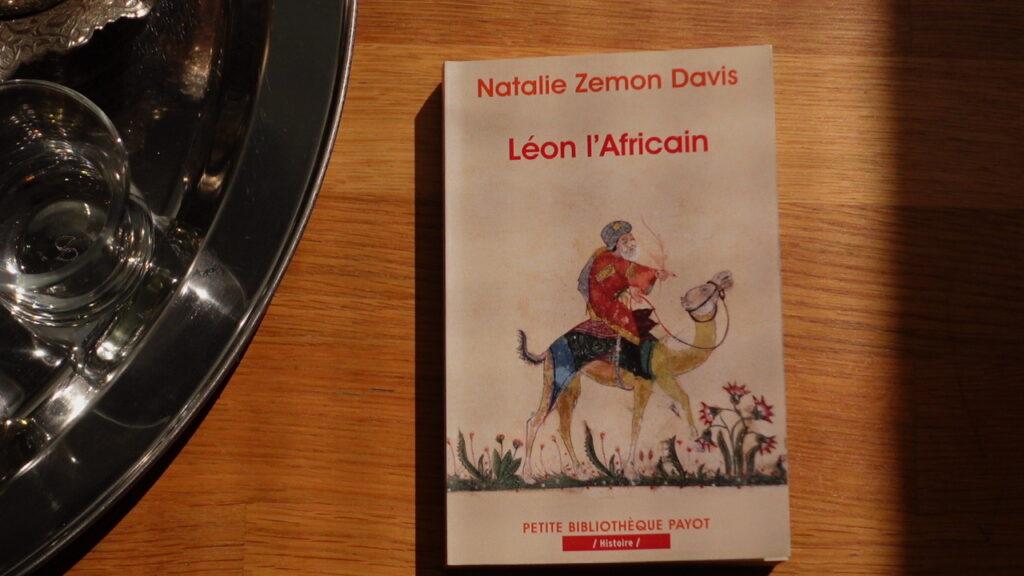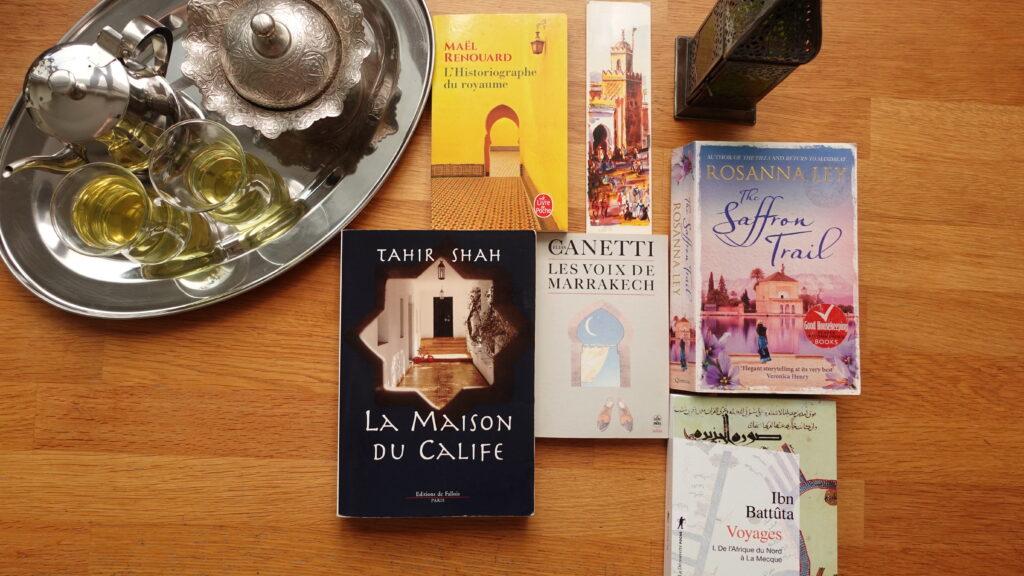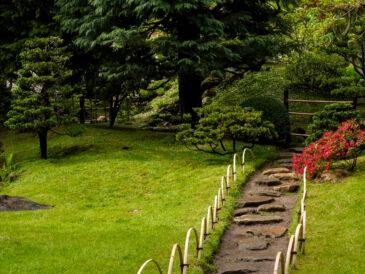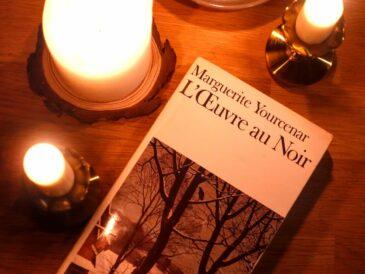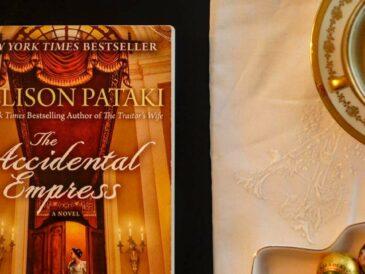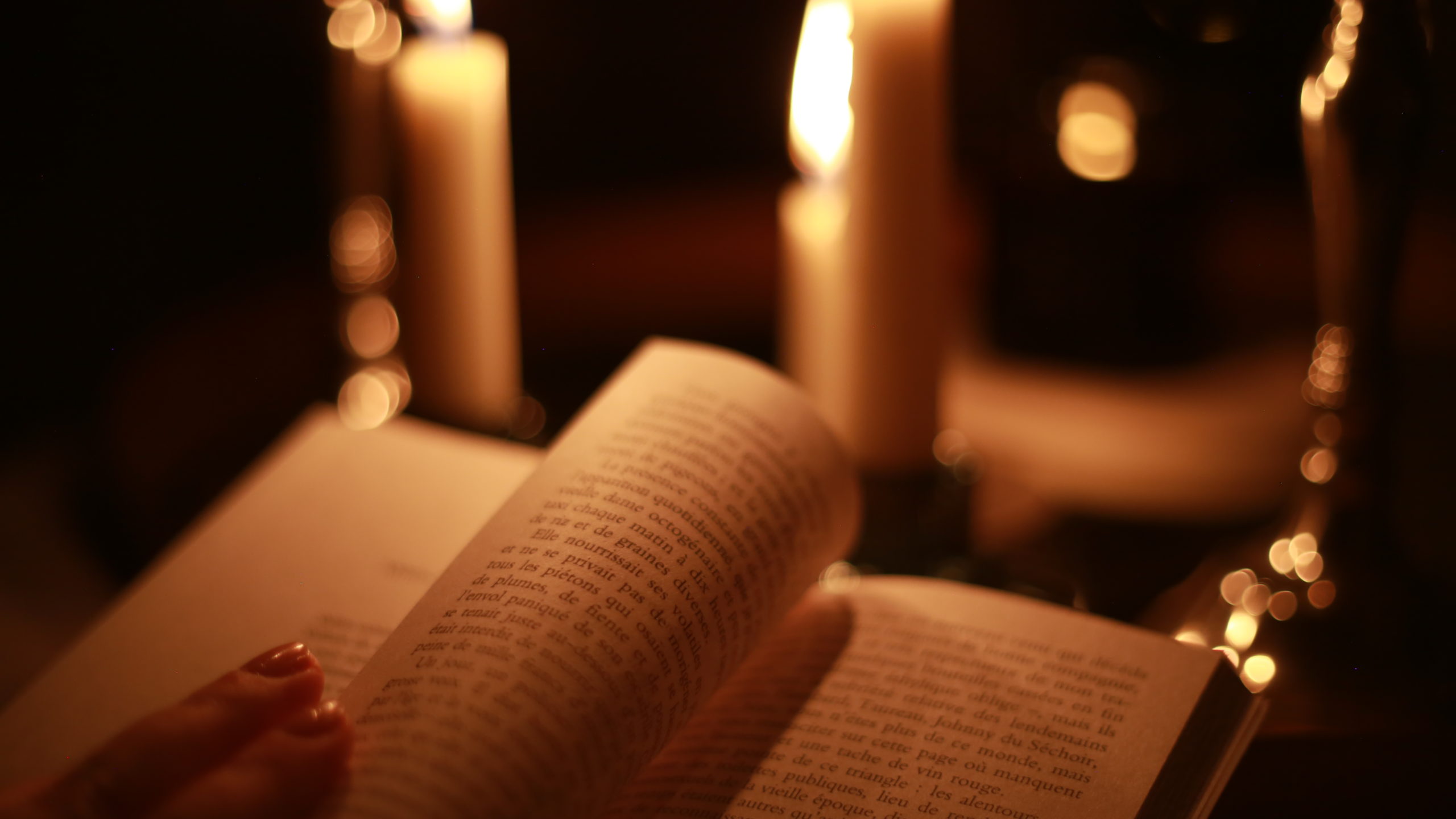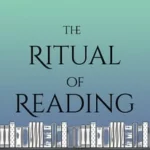I am a cosy-at-home person. I love my comfy couch and my rocking chair, my flowers and my cat. I’m one of those people that were happy not to leave their house during lock-down. But every once in a while, the explorer inside me wakes up and whispers : let’s travel some place nice ! Sometimes, this ends with a plane ticket and an airbnb booking. But more often than not, I find myself in front of my bookcase, deciding where to…
As summer was coming to an end, I thought a last imaginary voyage to a warm and sunny land would be appropriate, so without passport or luggage, I started my journey to Morocco.
The first thing you need to do in order to instantly be transported to Morocco is a fresh pot of thé à la menthe, their legendary mint tea. This is the national beverage and one of the easiest ways to experience Moroccan hospitality, since this is offered in any social situation around the country. Traditionally, Chinese gunpowder green tea is used to prepare this, but I was in a mood for a more mellow version so I transformed it into a fresh mint infusion. I would say that the sugar is optional, but in true Moroccan tradition, this is a sweet beverage that gives not only refreshment but energy as well, so I made an exception and sweetened my tea. Like in many other tea drinking cultures, Moroccan mint tea is served in a ceremony that respects specific rules. And if modern times have slightly changed the tools and timings of the preparation, the philosophy of tea remains unchanged. The Tuareg people, masters of the Sahara desert, make a habit of serving three successive cups of tea : the first one is strong as life, the second one is good as love, and the third one is sweet as death.
Tahir Shah – La maison du Calife / The Caliph’s House: A Year in Casablanca
For my first cup, the strong tea that resembles life, I read Tahir Shah’s travel memoir, The Caliph’s House : A year in Casablanca. You already know by now that I love memoirs of people that have changed lives and moved to different countries and cultures. Shah tells the story of his own family’s move from the gray skies of London, to the exotic city of Casablanca, through the project of renovating a charming yet crumbling mansion that once belonged to the city’s spiritual leader, the Caliph. As expected, this major life change was not going to be all smooth sailing, and this, of course, is the charm of the whole book. Morocco is a country that operates between a few sets of cultural codes : there are the ancient Berber rules, beliefs and customs from pre-Islamic times, then the Islamic culture that was introduced for the first time in the late 7th century, and then, the Moroccan modern times, very tightly linked to the French culture through the protectorate period of the early 20th century. Navigating these mysterious codes makes for a very entertaining book, for the most part quite light and exciting, without idealising the exotic context. If you like stories of historic renovations and radical life changes, you will certainly enjoy The Caliph’s House, that I read in its French translation, from the English original.
Rosanna Ley – The Saffron Trail
My second cup of tea, the good, the kind one that resembles love, was spent reading Rosanna Ley’s novel The Saffron Trail. This is a light and charming story, about pivotal moments in life and ultimately of finding one’s path. Two young women from Cornwall meet in Marrakech : one of them is in search of her passion through Moroccan cuisine, and the other is researching her family’s history while photographing the Moroccan life. They form a bond that takes them through the labyrinth of the Medina and beyond, visiting seaside and mountains, up to the saffron fields that will reveal many of their families secrets. This is a perfect holiday read, it has just what it takes of mystery to keep you going, in a fluent rhythm and with the exotic spices of Moroccan charm.
Vegetarian Couscous
And with a character that studies cooking, I had to take my chance at one of the pillars of Moroccan cuisine : the couscous. The history of the dish is unclear, but what we do know for sure is that couscous is a staple food throughout the Maghrebi cuisines of Morocco, Algeria and Tunisia. You can have chicken, beef or lamb versions, but the base of any couscous are vegetables. So today, I’m celebrating the last of the fresh summer produce with a veggie couscous. This really is a recipe to indulge in perfectly ripe courgettes and aubergines, and the charm of it is that every family has its own recipe, so you basically cannot go wrong. The spices are also opened for debate, but you will almost always find turmeric, saffron and ginger in the mix. This is a ritual that takes a few hours, and mostly because of the semolina technique, that takes steaming to a whole new level. The magic of your hands, then steaming it 3 times over the pot where your veggies are cooking, and separating the grains between each steam are just some of the secrets of the perfect couscous. This way, you’ll have a light and airy texture, that will welcome the aromatic broth. When you serve it, the laborious process of making it will make sense, and you’ll understand the magic of ingredients you already knew, coming together in a new and exotic dish.
Maël Renouard – L’historiographe du royaume
For my third cup of tea, the sweet as death one, I discovered the secrets and intrigues at the Royal Court of Morocco, in Maël Renouard’s novel, The historiographer of the kingdom. This one is only published in French, you might remember me buying it last year at the Paris Book Festival. The story is told by a classmate of the crown prince who would later become King Hassan II of Morocco, and follows his school years as well as the political context he observed while working for the royal family. This is a remarkably well researched novel that offers a deep understanding of life around the independence of the Kingdom, the influence that French culture still has on Moroccan life, and the subtleties of a country we often mix into the Arabic pot without truly understanding its unique path.
Elias Canetti – Les voix de Marrakech / The Voices of Marrakesh
My bonus read after three glasses of tea was the small collection of stories from Marrakech by Nobel Prize Laureate Elias Canetti. The voices of Marrakech is like the sketchbook of a writer, glimpses of Moroccan life from 1953, through the curious eyes of a literate. Sounds, gestures and images, simple details that paint a profoundly personal portrait of the city. You hear the solitary footsteps of Canetti through the Jewish quarter, you smell the fresh bread offered by the discreet hands of the Moroccan women, you are, for the couple of hours it takes to read this journal, in the heart of Marrakech.
Jordi Savall – Ibn Battuta
My Moroccan journey has had a glorious soundtrack, a subject very dear to my heart that I almost felt compelled to keep to myself. But we are amongst friends…
One of the personalities I appreciate most in today’s classical music scene is the Spanish conductor, composer and historian of early music, Jordi Savall. His passion for the musical traditions of the world is remarkable, and the project I’m speaking of today is no exception. On February 24th 1304, the Moroccan city of Tangier saw the birth of Ibn Battuta, who would become one of Morocco’s most prominent travellers and scholars. At the age of 21, Ibn Battuta set of for a pilgrimage to Mecca that would become a journey around the globe for 30 years, put into words at his return in Morocco with the title A Masterpiece to Those Who Contemplate the Wonders of Cities and the Marvels of Travelling. The French translation is divided into 3 volumes and I’m looking forward to dive into the first one really soon, as a return to Morocco next time I long for a cup of mint tea.
But coming back to my soundtrack : Jordi Savall, inspired by these great travels, created a concert of 14th century music following the itinerary and the writings of Ibn Battuta. Morocco, Mali, Muslim and Catholic Spain, Egypt and Italy, Greece, Armenia, the Ottoman Empire, Syria, Oman or Afghanistan, this collection of music is exceptional, and was accompanied during the concerts by fragments of Ibn Battuta’s writings read on stage. During my Moroccan reading sessions, I listened to the album on my streaming app, but I also enjoyed footage from the 2016 concert at the Paris Philharmonic that you can find on YouTube, I’ll link it below.
Léon l’Africain
And since I’m sharing plans for my next Moroccan virtual journey, I’m also curious to read Natalie Zemon Davis’s biography of another great Maghrebi traveller, Leo Africanus. Born in Granada at the end of the 15th century, he was a diplomat and author, best known for his book on the geography of Northern Africa, but also for his strong connection to the European culture and especially to the Catholic church. The original title of the book, Trickster Travels, is quite intriguing, so I’m very curious to learn more.
This was my late summer imaginary escape, I hope you’ve enjoyed coming along for the ride. Morocco remains a fascinating destination, and probably will become a real life travel plan for me one day, but until then, I’m cultivating the imaginary picture in my mind at virtually no cost.
My reading plans for this autumn will come a little closer to home, at least in space if not in time. A reading program around my favourite woman in French history, and some rituals for a time travel experience to the Middle Ages. I hope you’ll join me.
Until then, enjoy your reading, and your rituals !
If you would like to support The Ritual of Reading, please consider purchasing your books from the Bookshop.org dedicated site by clicking the link below. You get to support local bookstores and I make a small commission with every purchase. Thank you !

